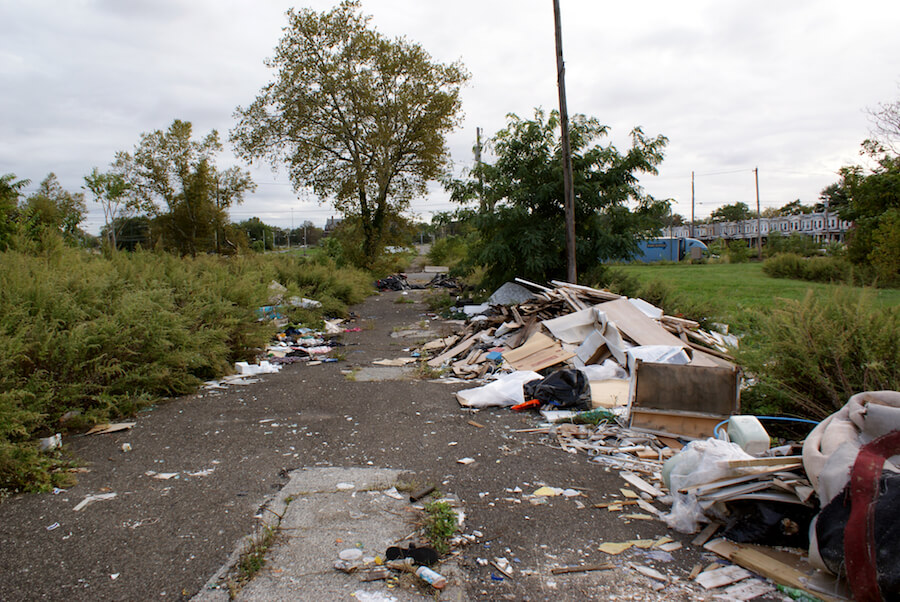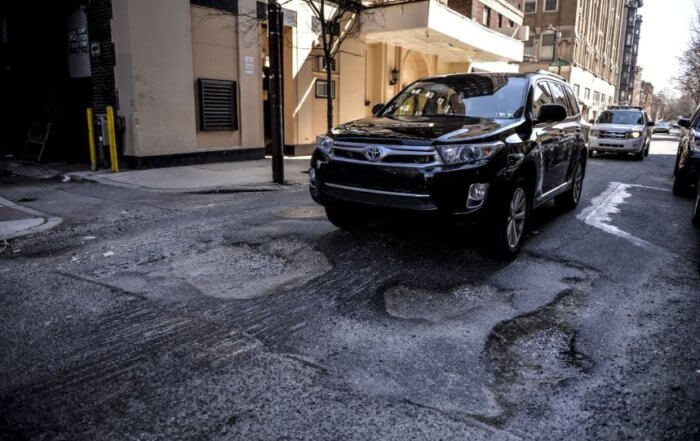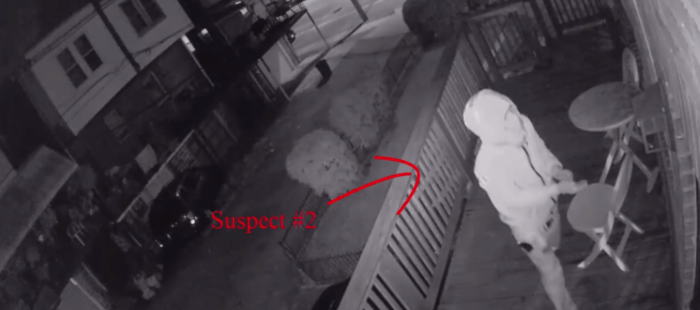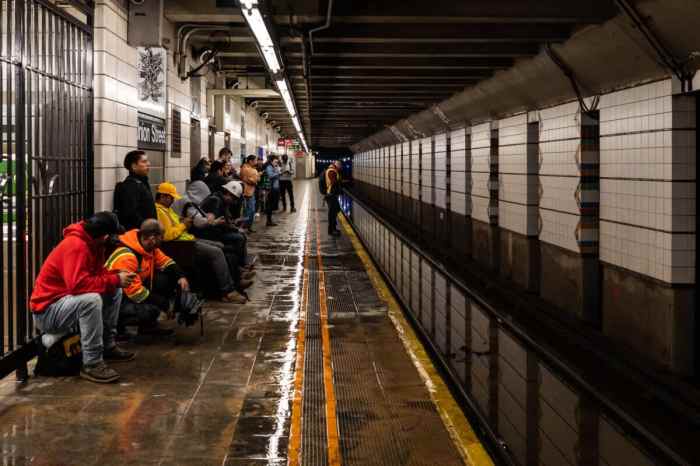The city has plans for Logan Triangle, that lifeless urban blight that has been vacant for more than 15 years, but the specifics of what the transformation will look like is still a bit of a mystery. Although the plan is in place, an actual design of the redevelopment and what that will bring to the neighborhood has not been determined. The approved neighborhood plan highlights creating employment in addition to housing and recreational space. “This is not a typical project where someone just says ‘Design this,’” said Jeremy Fogel, executive vice president of the Goldenberg Group, the developers working with the city on the project. “For good and for bad, it’s a time consuming process that started long before we got involved with it.” Located in the Logan neighborhood in North Philadelphia, houses were first built on the Triangle in the 1920s. The soil, consisting of mostly ash and cinder fill, caused the houses to slip or sink over the years. A gas main explosion in 1986 caused one home to level and damaged two others. City officials advised residents to permanently leave later that year. Demolition and removal of structures built on the Triangle ended in 2001. The Philadelphia Redevelopment Authority acquired most of the land through eminent domain and has maintained the Triangle’s 35 acres since 2012. But a lack of development on the Triangle has increased other activity both on the site and in the surrounding area. “It’s desolate,” says Thomas Conway, Director of the Philadelphia Community Life Improvement Program. “It’s a magnet for illegal activity, illegal dumping and other offenses.”
The next step for the Goldenberg Group is to continue a dialogue with the community and determine what should be built. After they figure out what the people want, they need to determine whether the desired structures can even be built because of the cost of stabilizing the more unstable areas of the Triangle. “There are areas where the coal ash is 40 feet deep and other areas where it’s five feet deep,” said Fogel. “The economics of it are dependent whether they do or don’t contribute to the cost. Retail shopping centers would be a lower cost, but the cost isn’t the driving factor. It’s whether this is the right project to put together and then do it in the most cost efficient way.” The final plan will incorporate both commercial and residential space, but the use-ratio is unclear until they figure out what needs to be built and how they can build it, Fogel said. Community members requested retail space, but the Logan Triangle almost had a plan that didn’t incorporate any retail space at all. “The needs unmet in Logan would continue to be much ignored by merely inviting Logan folks to go shopping,” says author and community organizer Paul Glover. “These solutions come from the bottom up more than the top down.” Glover introduced a plan for the Triangle to be turned into an orchard and tiny house development, but was unable to gather support for his plan after the Goldenberg Group partnered with the city’s Redevelopment Authority. The final Logan Neighborhood Plan is available on the Philadelphia Redevelopment Authority’s website.
Plan for Logan Triangle set in cinder and ash

Alexis Sachdev































